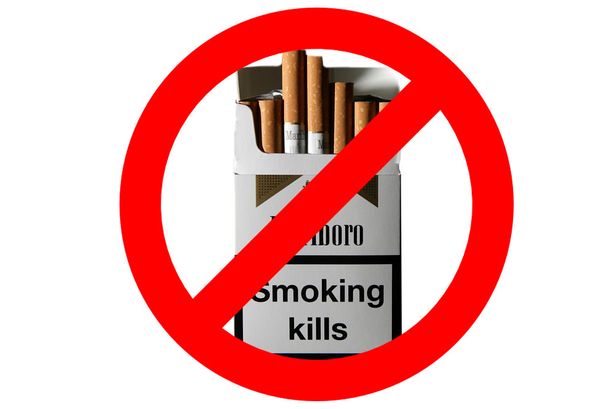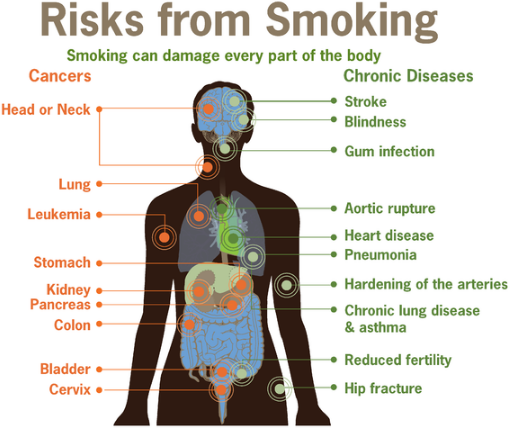Free Courses Sale ends Soon, Get It Now


Free Courses Sale ends Soon, Get It Now



Disclaimer: Copyright infringement not intended.
Context
Details
Trivia
Tobacco in India
Impact of smoking

Government and Judicial Interventions
Other Steps taken,
Why not a blanket ban on cigarettes in India?
Are such bans effective?
Way ahead
© 2024 iasgyan. All right reserved